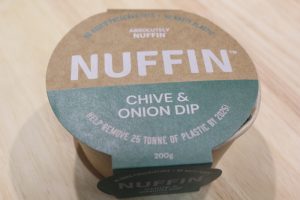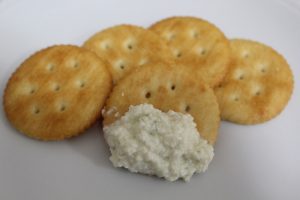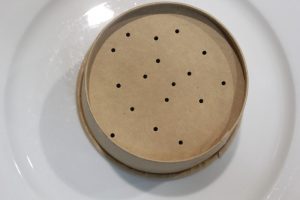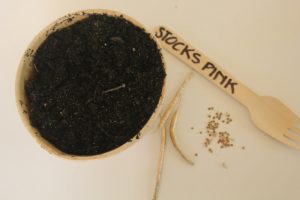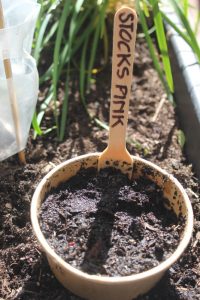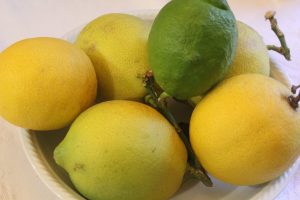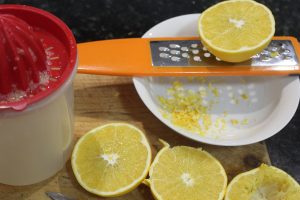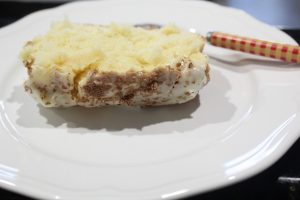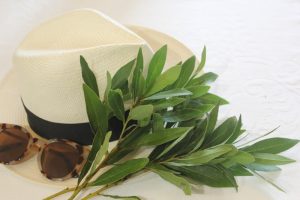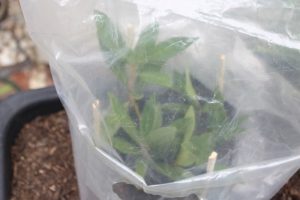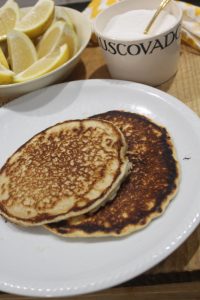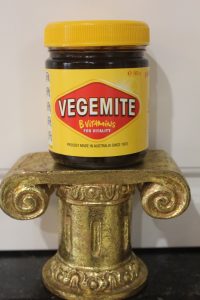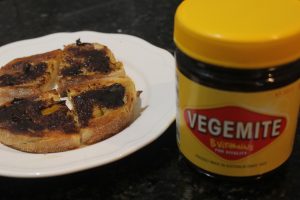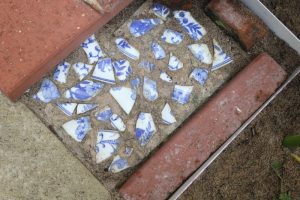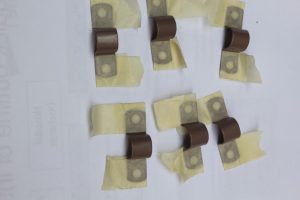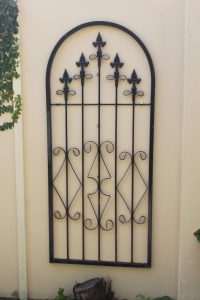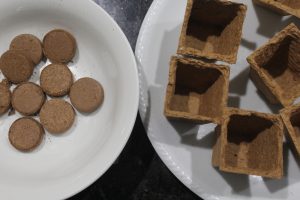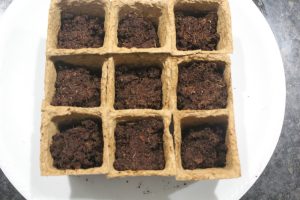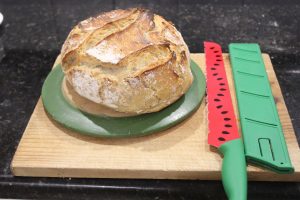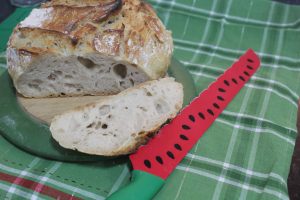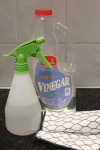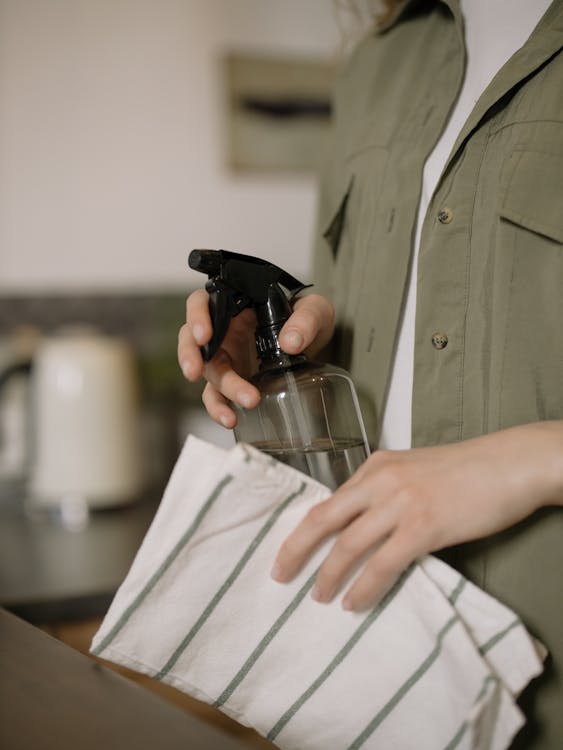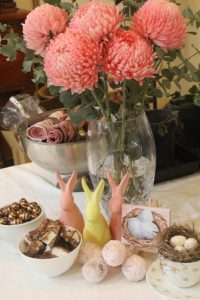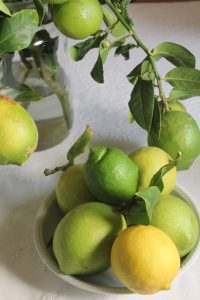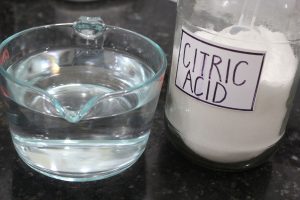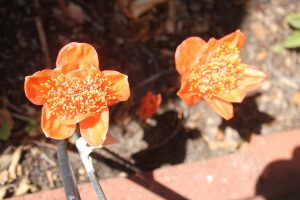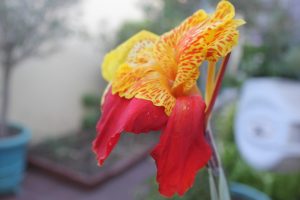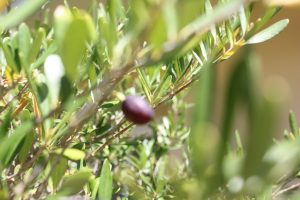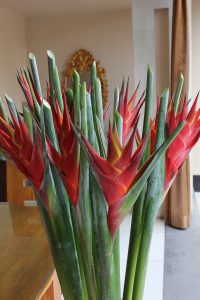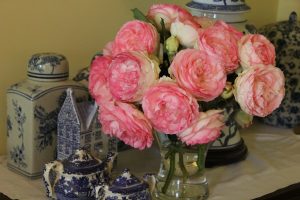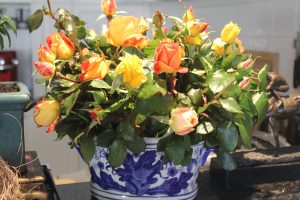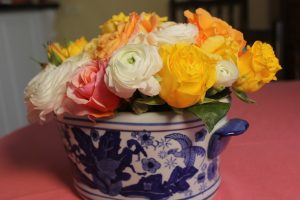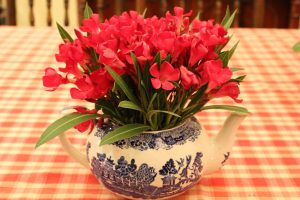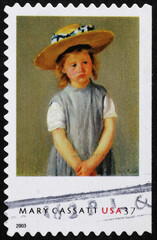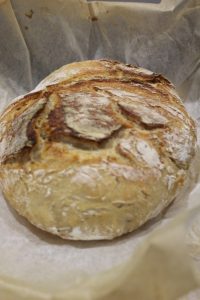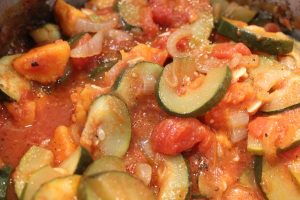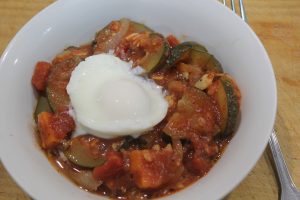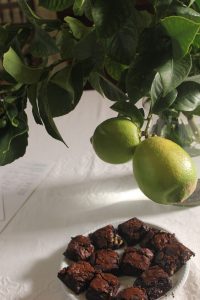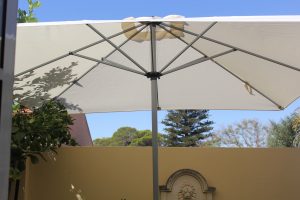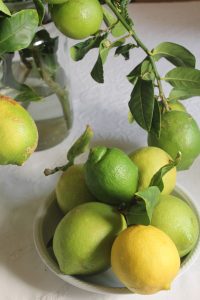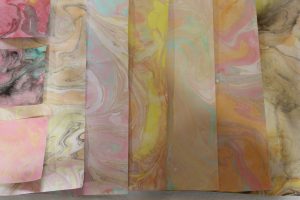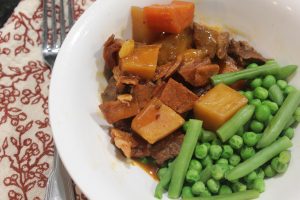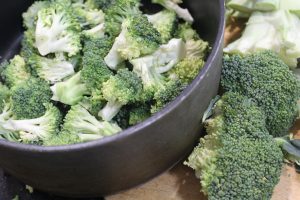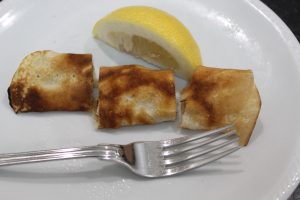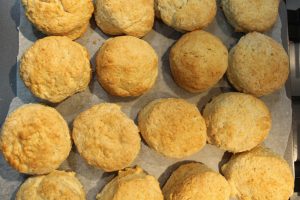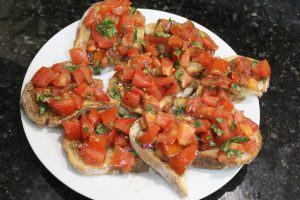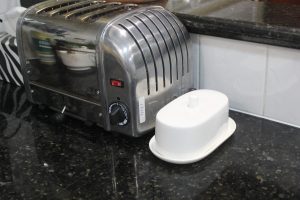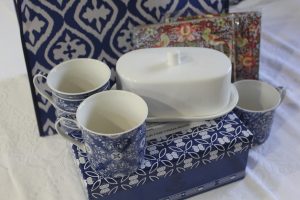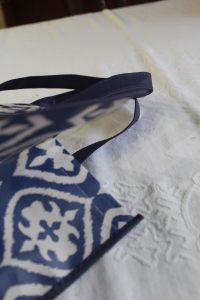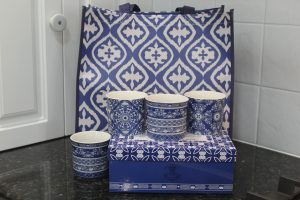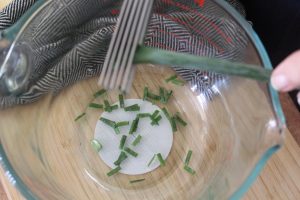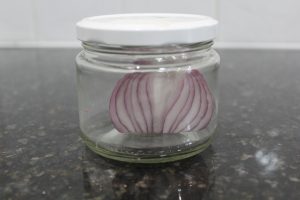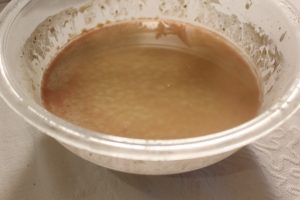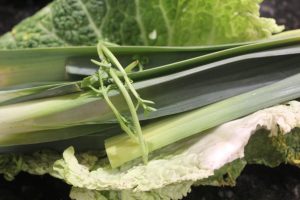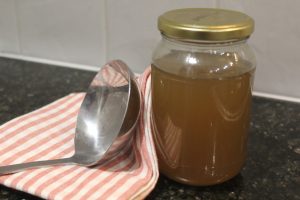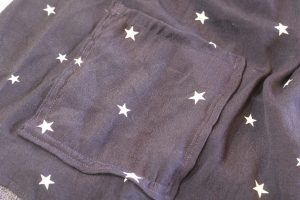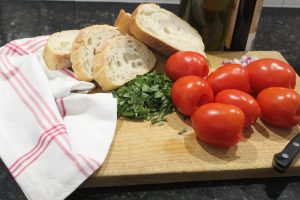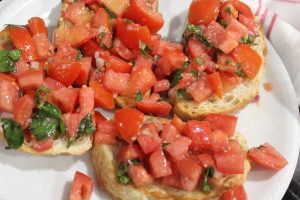THE TOTAL ECLIPSE OF THE SUN
Now you see it and then you don’t! Did you see the images of the eclipse of the sun on 20th April? We live in Perth, about 1 300km (808 miles) south of Exmouth, the ultimate place to view this eclipse. For a second or so the sky darkened a little in Perth as if a cloud passed the sun, but the effect was spectacular in Exmouth.


Image PIXABAY
The actual movement of the moon passing across the face of the sun takes about three hours. During this time, the sun is completely obscured (eclipsed) by the moon for about a minute.This was seen most completely in Exmouth and was witnessed by people from all over the World who traveled there to view the event.
Actually, total solar eclipses happen about every 18 months but are usually only visible at sea. This one on April 20th, was clearly visible from the coast, at Exmouth. Normally a township of about 2 800 people the population swelled by more than 20 000 visitors. Best known for fishing and the North West Cape Naval Communications Base, Exmouth is also the northern gateway to the Ningaloo Coast World Heritage Park.

The beach at Exmouth. Image DreamstimeANZAC DAY
Anzac Day, celebrated on the 25th of April, commemorates the Australian and New Zealand involvement in all wars and conflicts. (ANZAC stands for Australian and New Zealand Army Corps. Historically we have tended to fight and drink together.) It is a public holiday in Australia. Traditionally we gathered at local memorials for a formal service of remembrance but Covid changed how we commemorate Anzac Day. These services acknowledge the bravery and sacrifices of all servicemen and women in all countries and all conflicts.


Image IStock
During Covid we were unable to attend the usual service at our local war memorial. The compromise was for people to stand at the end of their driveway with candles, listen to the Last Post being played on the radio then stand in silence for one minute. We did this along with our neighbours.
A new way of remembrance was established. Afterwards one neighbour brought out coffee, we all brought fold up chairs and sat on the verge chatting and sharing Anzac biscuits, made to celebrate on the day. The next year we met on someone’s driveway, commemorated with the Last Post and a minutes silence then shared breakfast with my husband acting as the barista. He makes the best coffee!


Image iStock
Actually, the same group of neighbours host evening get togethers every few months and they are such lovely evenings, sharing food and news. We are very lucky!
JOHANNES VERMEER (1632 -1675)
This year the Rijksmuseum in Amsterdam presented the largest Vermeer exhibition ever seen. Many of the paintings were loaned to the museum from private collections and have not been seen by the general public for many years. Unable to visit this amazing exhibition, we went to the cinema to see ‘Vermeer: The Greatest Exhibition’ a film showing the exhibition with the director of the Rijksmuseum and the curators involved in presenting the exhibition providing the commentary.


Image Wikimedia Commons
Vermeer was a Dutch Baroque painter known for his paintings of middle class domestic interiors. His first paintings were based on Bible stories and mythology but he soon specialized in paintings of interiors. Generally, the paintings feature light coming from a window, seen or not seen, on the left of the room and usually the subject is a female. For example ‘The Milkmaid’, ‘The Music Lesson” and many other works.
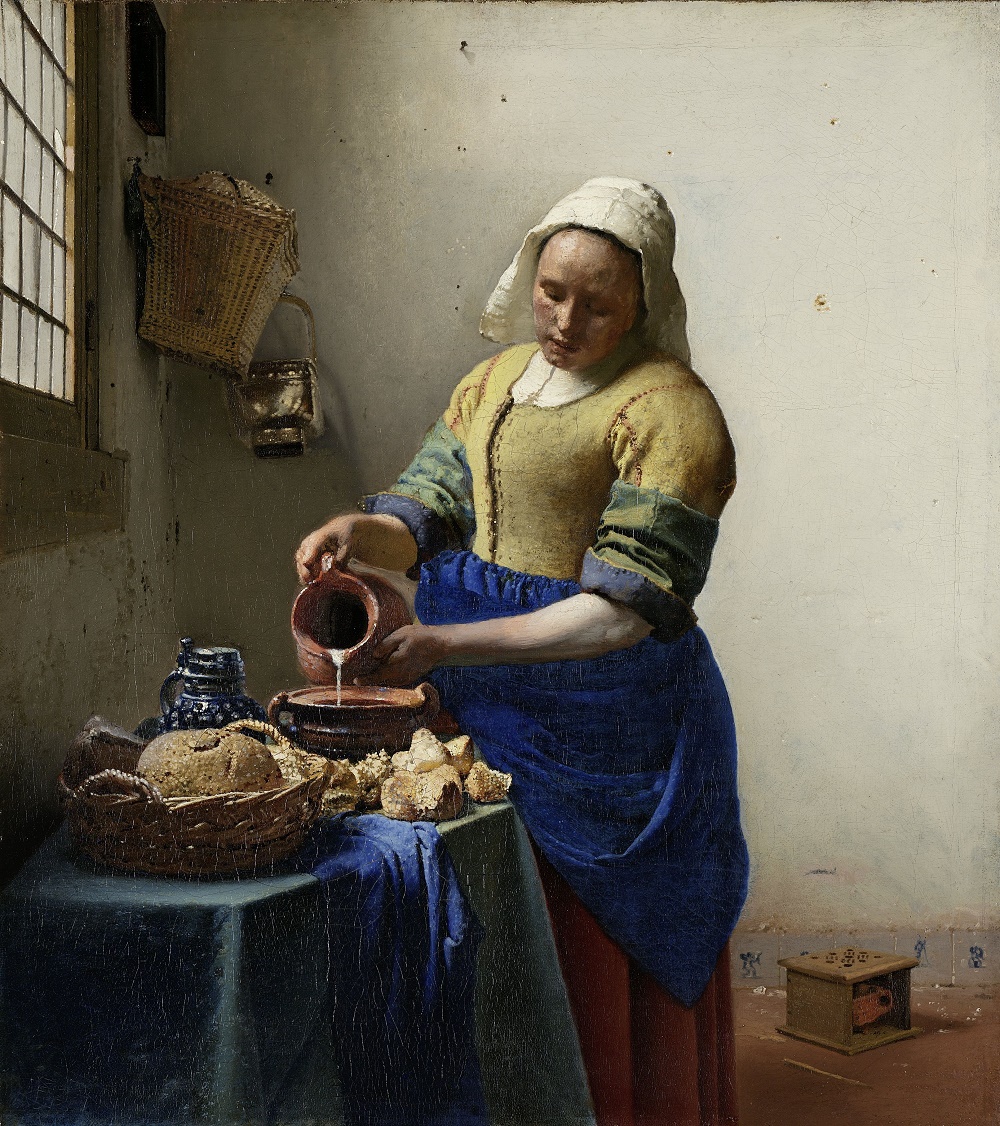

Image Wikimedia Commons
Within the close Calvinistic society of the time, it would have been difficult for Vermeer to find female models so historians assume he relied on his wife and eight daughters to sit for him .His wife was a Catholic. Unlike so many other famous artists, we know very little about Vermeer’s life as he didn’t keep a journal nor are there recorded any letters by him.


Image Wikimedia Commons
His works are significant also because there are no apparent brushstrokes. He developed a style which create smooth finishes. He is also known for using white dots to create highlights. Probably his most famous painting “Girl With The Pearl Earring” demonstrates this technique at its best.
Ninety minutes packed with information and beautiful pictures. I really enjoyed it!
We’d also gone to the cinema recently to see Living starring Bill Nighy. I’d read rave revues and the lines went out the door when we were at the cinema to see the film about the Mary Cassatt paintings. So we went one night. Neither of us enjoyed it. The acting was good, the close, intimate settings, such as a train carriage, an office, a cafe or dining room were well done, the acting convincing but the story? So predictable and tedious and obvious. Nothing was left unsaid. It has many five star reviews but not from me.

